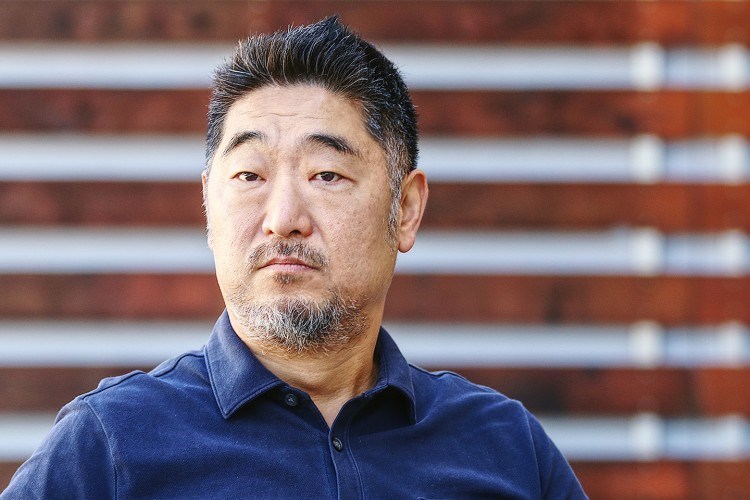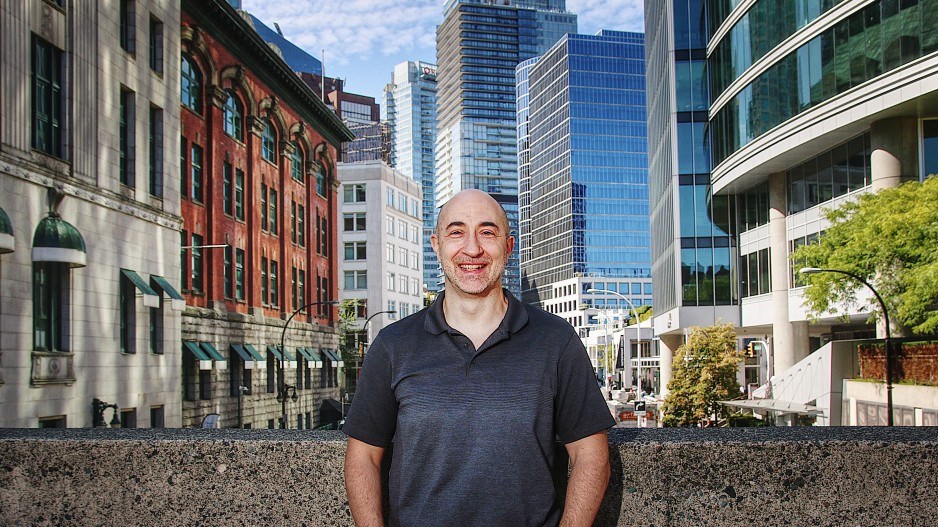Go back a year and technology investors were excitedly talking about non-fungible tokens (NFTs), along with emerging metaverses and various blockchain technologies that were seen to be on the cutting edge of innovation.
How times have changed.
This year, the buzz in the technology world has centred almost exclusively on generative artificial intelligence (AI).
Since OpenAI last November launched the free, publicly available chatbot ChatGPT, investors have been inspired to go all-in on the technology niche.
For example, shares in C3.ca Inc. (NYSE:AI) have more than tripled in value, perhaps because of the company’s ticker symbol.
Some investors aimed to capitalize on AI excitement by buying shares in chip-maker Nvidia Corp. (Nasdaq:NVDA) because that venture is one of the few companies in the world creating microchips powerful enough to run AI applications.
Large technology giants such as Alphabet Inc. (Nasdaq:GOOG, GOOGL) and Microsoft Corp. (Nasdaq:MSFT) similarly saw large stock-price pops as investors wagered that those companies were poised to take advantage of what would be a generative-AI-spurred societal transformation.
This trend may seem to resemble the giddiness that recently surrounded the possibility of the metaverse.
Investment firm Republic Realm spent US$4.3 million in November 2021 to buy digital property in the Sandbox metaverse.
That surpassed the US$2.4 million that Tokens.com spent months earlier to buy 6,090 square feet of real estate on the Fashion Street of metaverse platform Decentraland – a move intended to help it host digital fashion events and sell virtual clothing for users’ avatars.
Unlike the metaverse, generative AI’s applications are already clear
The attention on generative AI is qualitatively different than the buzz that surrounded the metaverse, analysts say, because they say they believe generative AI is not a fad.
“There is the idea that the metaverse was the flavour of the month last year, and generative AI is the flavour of the month this year – therefore, what happened to the metaverse will happen to generative AI in 12 months from now,” Deloitte research director Duncan Stewart told BIV.
“That’s not what I’m hearing. That’s not what I’m seeing.”
The metaverse, he said, is a concept for which there were no present-day use cases to demonstrate the idea’s practicality.
Generative AI is the opposite.
Some generative AI products already have more than 100 million monthly users. People are additionally using generative AI embedded into other companies’ products, with those applications having close to 100 million users, he said.
“The number of people actually using generative AI today is really millions of times more than the number using the metaverse,” Stewart said. “That’s a stunning difference. We’re not talking about 10 times more. We’re not talking 100 or 1,000 times more. It may even be tens of millions of times bigger than the metaverse.”
Serial entrepreneur and Wisr AI CEO Rob Goehring also marvels at the sudden uptick in interest in his sector.
Goehring is the founding chair of BC Tech’s AI C-Council, which includes C-suite executives at growth-scale stage AI companies. He has focused on AI for more than five years.
“This is the most attention the AI space has ever seen, by a longshot,” he said.
Goehring said B.C. has dozens of companies that use AI as a core part of their business and hundreds that use generative AI in operations.
B.C.’s generative AI companies focus on a range of business areas. Copilot AI, for example, has technology with AI at its core that helps companies with sales and marketing, Goehring said. Charli AI technology uses AI to read financial documents and provide analysis, and Railtown.ai uses AI to help software-development teams find bugs in software code before they launch new products, he added.
Goehring’s own company has a different niche.
It partners with third-party cyber-security firms that have multinational clients. Goehring explained Wisr AI’s specialty as being able to detect “where the bad guys are going next.”
Its technology sifts through massive amounts of data gleaned from news, social media, the dark web and other sources to detect which companies are most vulnerable to cyberattacks.
“If [cyber criminals] are building security exploits against certain technologies, we can then use AI to map that back to which companies use that technology, and then provide them with alerts,” he said.

Variational.ai uses AI to generate medical breakthroughs
Generative AI has critics who fear that the technology will be harmful and will cause widespread job losses.
But among its many uses is finding cures for diseases – a significant service of huge potential benefit to humankind.
Vancouver’s Variational.ai aims to find cures for cancers.
While ChatGPT uses common language text when understanding commands and providing responses, and Dawn AI uses the language of digital images to internalize photos and fabricate new ones, Variational.ai has a different approach.
Its technology uses the language of chemistry.
“We define a molecule’s properties using chemical vocabulary,” Variational.ai’s CEO Handol Kim told BIV.
“Our model, which is called Enki, will then generate a brand-new molecule that is predicted to have all of the properties that we define.”
He said that instead of a recreational user telling a generative AI platform to produce an image of the user eating a waffle on Mars at sunrise, his researchers tell Variational.ai’s generative AI platform to produce a recipe for a molecule that is of a certain weight and has a specific number of rotatable bonds or has the ability for certain pharmacokinetic interactions.
“These are standard terms that chemists use to try and define a drug,” he said. “We use that, and then we get Enki to spit out the structures of drugs.”
Once Variational.ai researchers have the recipe for a specific molecule that they are seeking, they can send it to a contractor to make it for them.
Any potential drugs created by Kim’s team would still go through a regulatory and clinical-trial process. The difference is that Variational.ai’s technology has the potential to create needed scientific breakthroughs faster.
Life sciences investor Nancy Harrison told BIV that she has personally invested in the 10-employee Variational.ai., which has attracted about US$3.5 million in venture funding.
Her investment is separate from the many life-sciences investments that have been made by Amplitude’s life-sciences fund, which she manages. Many Amplitude portfolio companies do, however, use generative AI.
“More than half of our portfolio companies in Amplitude have some sort of a basis in computational biology,” she said. “They use [generative AI] as a tool to develop drugs, so we don’t believe it is a fad. We believe it is a tool and we believe that it’s here to stay.”




